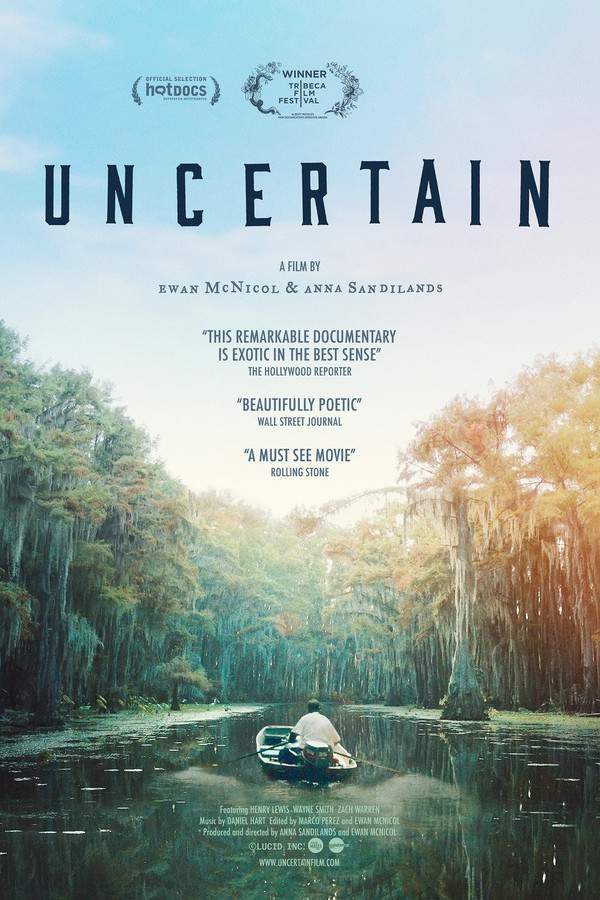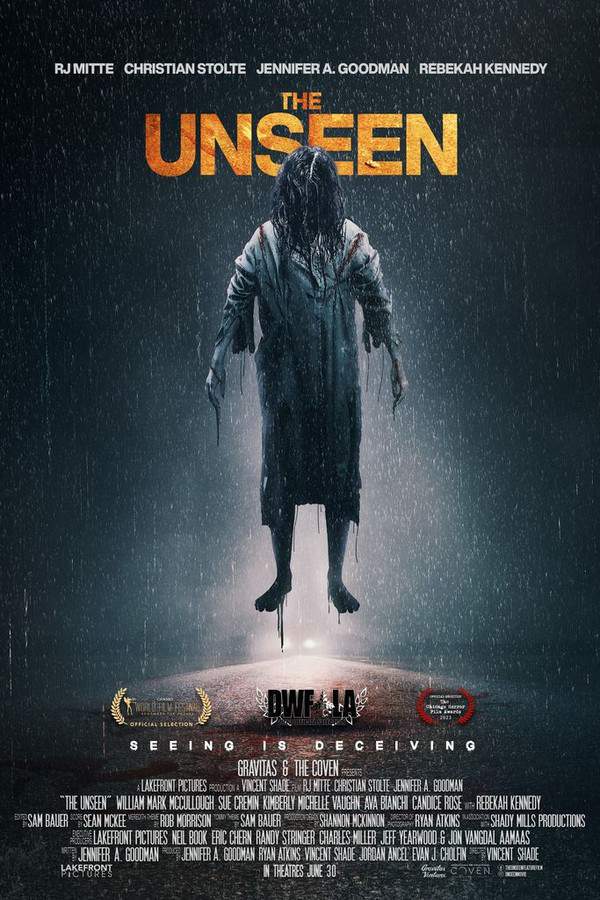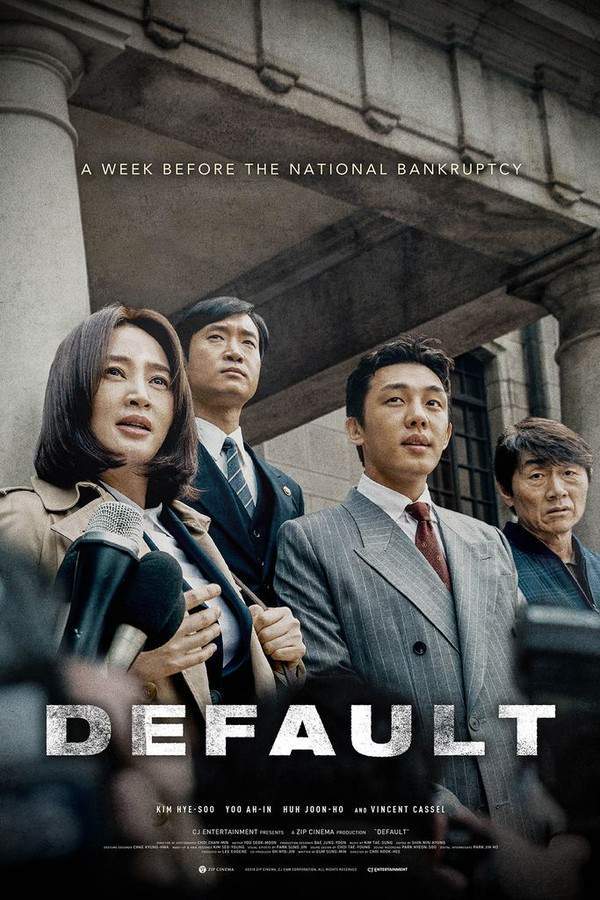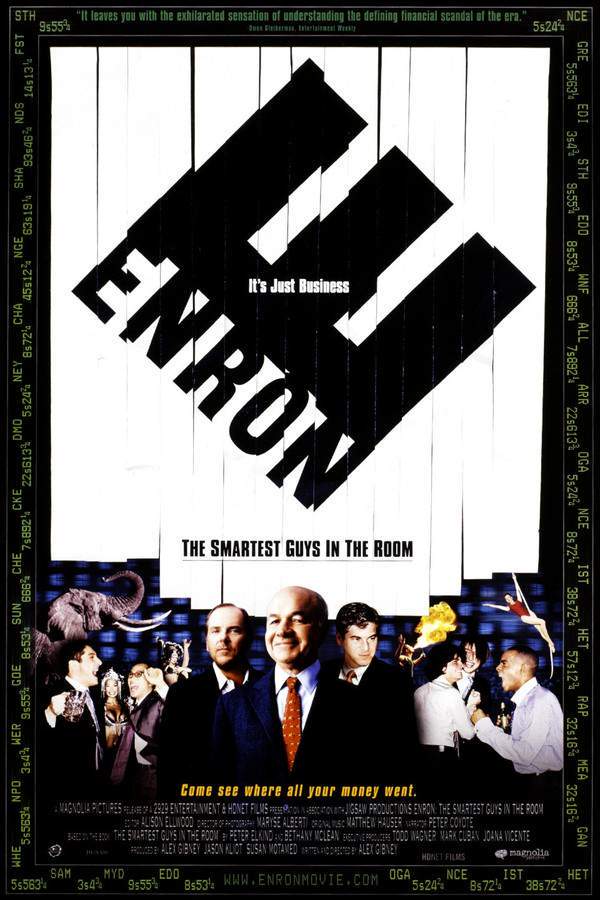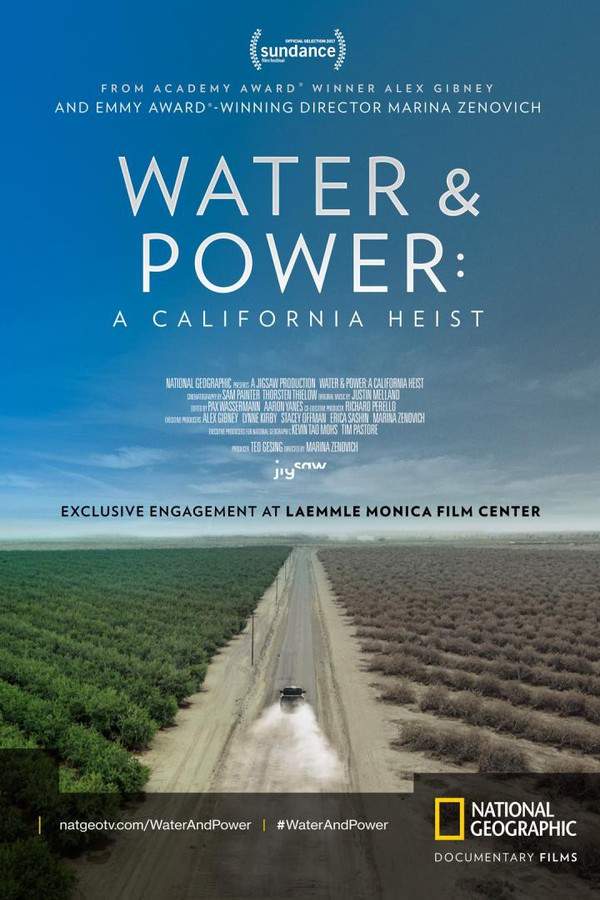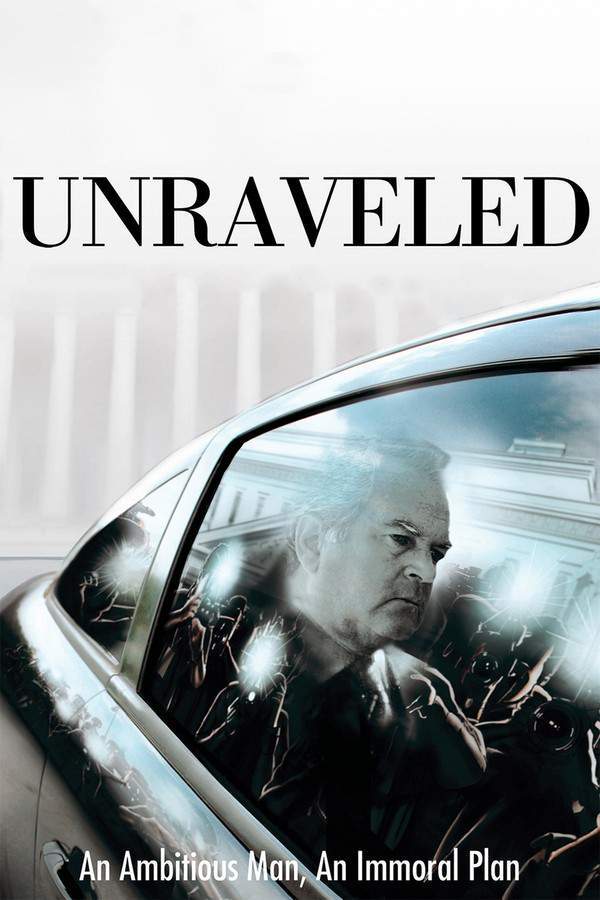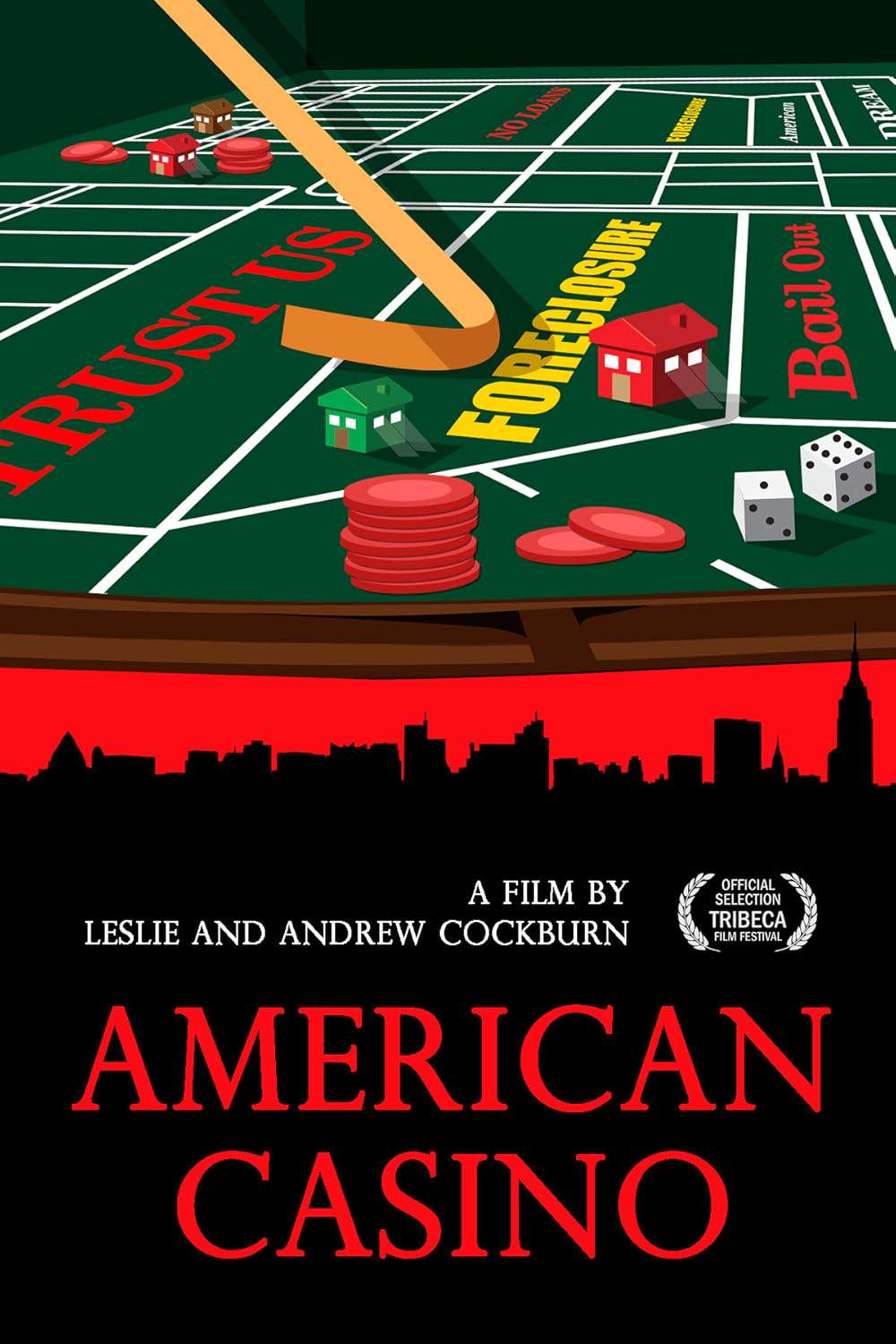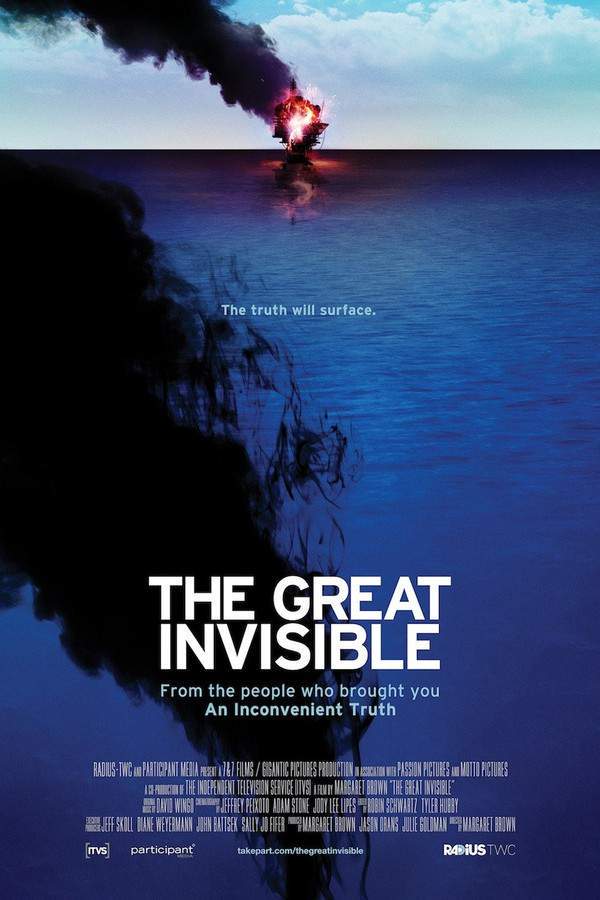The Unforeseen 2008
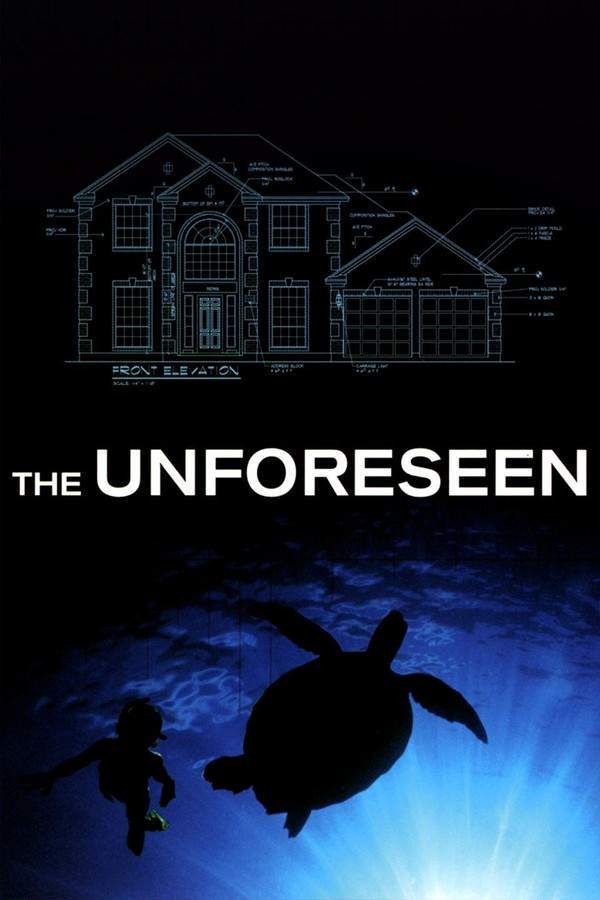
This documentary explores the dramatic downfall of a Texas real estate mogul whose rapid success is jeopardized by environmental concerns and the unfolding S&L crisis. As economic turmoil and rising foreclosures impact the region, the film examines themes of the American Dream and the challenges of personal growth in the face of financial uncertainty and unforeseen circumstances.
Does The Unforeseen have end credit scenes?
No!
The Unforeseen does not have end credit scenes. You can leave when the credits roll.
Meet the Full Cast and Actors of The Unforeseen
Explore the complete cast of The Unforeseen, including both lead and supporting actors. Learn who plays each character, discover their past roles and achievements, and find out what makes this ensemble cast stand out in the world of film and television.
No actors found
External Links and Streaming Options
Discover where to watch The Unforeseen online, including streaming platforms, rental options, and official sources. Compare reviews, ratings, and in-depth movie information across sites like IMDb, TMDb, Rotten Tomatoes or Metacritic.
Ratings and Reviews for The Unforeseen
See how The Unforeseen is rated across major platforms like IMDb, Metacritic, and TMDb. Compare audience scores and critic reviews to understand where The Unforeseen stands among top-rated movies in its genre.

76
Metascore
tbd
User Score


%
TOMATOMETER

0%
User Score

7.0 /10
IMDb Rating

58
%
User Score
Take the Ultimate The Unforeseen Movie Quiz
Challenge your knowledge of The Unforeseen with this fun and interactive movie quiz. Test yourself on key plot points, iconic characters, hidden details, and memorable moments to see how well you really know the film.
The Unforeseen Quiz: Test your knowledge on the themes and events of 'The Unforeseen', a gripping tale of real estate ambition and environmental challenges.
Who is the protagonist of 'The Unforeseen'?
Gary Bradley
Robert Redford
George Bush
Ann Richards
Show hint
Full Plot Summary and Ending Explained for The Unforeseen
Read the complete plot summary of The Unforeseen, including all major events, twists, and the full ending explained in detail. Explore key characters, themes, hidden meanings, and everything you need to understand the story from beginning to end.
A thought-provoking documentary unfolds by exploring the journey of Gary Bradley, a real estate developer from Texas. Growing up on a farm, he learns early on about his reliance on nature. Eager to break free from this dependence, he ventures into the bustling city of Austin, Texas, pursuing a career as a real estate developer. In his own words, > “I wanted a life I had more control over.”
Embracing his new role, he perceives raw land as “a blank canvas” where he aspires to create a magnificent masterpiece, specifically, a subdivision. However, fate deals him a harsh blow: the Savings and Loan industry collapses, leaving him drowning in significant debt. To compound his misfortunes, an emerging environmental movement directly challenges his plans, fearing that his developments could contaminate the pristine waters of Barton Springs, one of North America’s largest spring-fed swimming areas.
In this intricate narrative, the film broadens its scope with insights from Robert Redford, who reminisces about his childhood experiences in Austin, notably learning to swim in Barton Springs. He reflects on how these early lessons unveiled the beauty of the natural world to him. Redford highlights a pressing concern: much of America’s natural heritage is under siege from developers and their supporters, driven solely by short-term gains.
As the plot thickens, landowners and homebuilders rally together, hiring a lobbyist to navigate the legislative waters and dismantle the environmental protections. Their efforts bear fruit, leading to the passage of new legislation that allows the development of over 10,000 acres despite environmentalist opposition. However, the tide turns as Ann Richards, the Democratic governor of Texas, vetoes the bill, infuriating the lobbyists and landowners.
Not backing down, development advocates pivot to a fresh strategy, framing the struggle as a matter of “property rights” and successfully garnering support from Texas ranchers and farmers against the environmentalists. This shift culminates in the election of George Bush to the governorship, with Karl Rove as his chief strategist, orchestrating a surprising upset over the beloved Ann Richards. Bush’s administration eventually paves the way for the controversial “House Bill 1704.” As the lobbyist chillingly asserts, > “It erased much of what the environmentalists had accomplished… The legislature burned Austin to the ground.”
The story arcs back to Gary Bradley, who now finds himself embroiled in a federal bankruptcy case, burdened with over $80 million in debt and facing allegations of bankruptcy fraud. Auditory echoes from the courtroom blend with visuals of development and pastoral landscapes as he contemplates his strengths and failures. The narrative reaches its emotional apex when he reflects on the heart-wrenching experience of burying his mother during this tumultuous period.
The film’s poignant conclusion captures the expansive landscapes of West Texas while Bradley reveals how his life has been stripped bare. He grapples with profound existential anguish, expressing that when one has lost everything, the struggle becomes not just with material loss but with “dealing with God.” In this moment of vulnerability, he comes to terms with his fragility, recognizing his intrinsic dependence on forces beyond his control. The documentary ends with journalist William Greider offering a contemplative thought that perhaps, after two centuries of relentless development, Americans have finally reached a pivotal moment to mature and resolve to not “leave a wreck behind us when we’re gone.”
Uncover the Details: Timeline, Characters, Themes, and Beyond!

Coming soon on iOS and Android
The Plot Explained Mobile App
From blockbusters to hidden gems — dive into movie stories anytime, anywhere. Save your favorites, discover plots faster, and never miss a twist again.
Sign up to be the first to know when we launch. Your email stays private — always.
Watch Trailers, Clips & Behind-the-Scenes for The Unforeseen
Watch official trailers, exclusive clips, cast interviews, and behind-the-scenes footage from The Unforeseen. Dive deeper into the making of the film, its standout moments, and key production insights.
The Unforeseen Themes and Keywords
Discover the central themes, ideas, and keywords that define the movie’s story, tone, and message. Analyze the film’s deeper meanings, genre influences, and recurring concepts.

Unlock the World of Movies with Our Comprehensive Wiki
Dive into our Movie Wiki for in-depth film encyclopedia entries, including cast biographies, production trivia, plot synopses, behind-the-scenes facts, and thematic analyses. Whether you’re researching iconic directors, exploring genre histories, or discovering hidden easter eggs, our expertly curated movie database has everything you need to fuel your cinematic passion.

Similar Movies To The Unforeseen You Should Know About
Browse a curated list of movies similar in genre, tone, characters, or story structure. Discover new titles like the one you're watching, perfect for fans of related plots, vibes, or cinematic styles.
Quick Links: Summary, Cast, Ratings, More

What's After the Movie?
Not sure whether to stay after the credits? Find out!
Explore Our Movie Platform
New Movie Releases (2025)
Famous Movie Actors
Top Film Production Studios
Movie Plot Summaries & Endings
Major Movie Awards & Winners
Best Concert Films & Music Documentaries
Movie Collections and Curated Lists
© 2025 What's After the Movie. All rights reserved.











